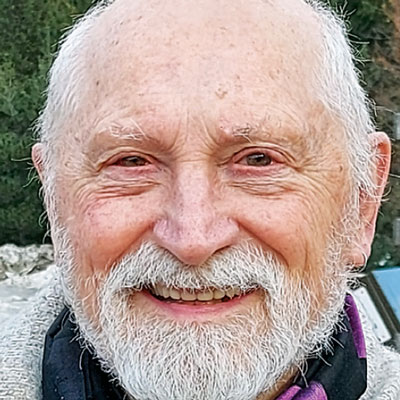There is a lot of myth and mystery surrounding the figure of Black Elk from the Pine Ridge Indian Reservation in South Dakota. This is largely due to popular books written by non-indigenous anthologists who were interested in recording Native American ceremonies. But there is another side to Nicholas Black Elk and that is as a Roman Catholic Catechist.
Outside of Pine Ridge Reservation, most people know of Black Elk through ‘Black Elk Speaks,’ the book by John G. Neihardt first published in 1932, based on three weeks of interviews conducted the prior year. Neihardt told only part of Black Elk’s story; still, the Lakota medicine man became iconic for his presence at many of the events that represent the struggle of Native America as a whole. A second cousin to Crazy Horse, Black Elk was 12 years old when he participated in the Battle of the Little Bighorn, in 1876. He became a ghost dancer and fought in the aftermath of the Massacre of Wounded Knee, in 1890. He spent two years touring Europe with Buffalo Bill Cody. Globally, Black Elk is seen as a teacher of what was lost, an alternative and oppositional voice to the forces of industrialization and colonialism. But most seem unaware that he spent half a century as an active Catholic and a Catechist.
As a catechist, Black Elk taught children and adults the tenants of the Catholic faith using pictorial illustrations. In his own words Black Elk would explain the gospels: “We have been told… that God sent to men his son, who would restore order and peace upon the earth; and we have been told that Jesus the Christ was crucified, but that he shall come again at the Last Judgment… This I understand and know that it is true.”
There is now a movement to canonize Nicholas Black Elk.
In October of 2012, Black Elk’s grandson, Looks Twice, was in Rome for the canonization of Kateri Tekakwitha, the 17th-century Mohawk woman who became the first Native American saint from North America. It was during that trip that Looks Twice first thought that his grandfather Nicholas Black Elk could one day too be declared a saint by the Catholic Church

